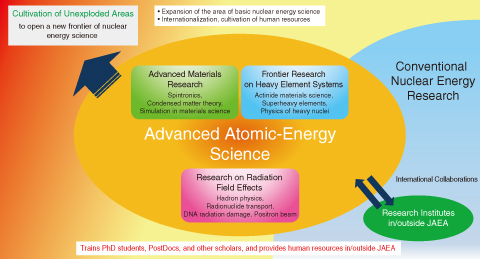
Fig.3-1 Advanced research to open a new frontier of nuclear science
Nuclear research trains PhD students, postdocs and other scholars, and provides human resources both in and outside JAEA.
Basic science supports the greater part of atomic energy-related science and technology. In the development of atomic energy research, it is particularly crucial to respond to the new phase of atomic energy that we will be entering in the next few decades, as well as constantly seeking solutions to today’s energy problems.
As for the Advanced Science Research Center (ASRC), our role is to explore the unlimited possibility of atomic energy from the perspective of basic science. In this process, we aim to open up new research fields and strive to further develop science and technology. Beginning in FY 2010, we have conducted our mid-term plan, focusing on three main areas: advanced materials research, frontier research on heavy element systems, and research on radiation field effects (Fig.3-1).
Advanced materials research has been conducted with the aim of creating spintronic materials and advancing the theory of solid state physics. In the research of heavy element systems, we have performed diverse studies on actinide compounds and development of new materials, as well as studying the nuclear science of superheavy elements. Our research on radiation field effects has included hadron physics, the study of radiation effects on bio-molecules, and the technical development and application of spin polarized positron beams. Through interactions between the three areas and collaboration with other divisions, we have been working on cultivating new fields of atomic energy science (Fig.3-1).
We have made a number of highlighted achievements during FY 2013. Through advanced materials science, a new principle of the generation of a magnetic flow with copper and aluminum was proposed (Topic 3-1). A method of determining the spin status of a conduction electron in graphene was revealed (Topic 3-2). Substantial results have been obtained by frontier research on heavy element systems; the study of the nematicity and superconductivity of a uranium (U) compound (Topic 3-3), and the elucidation of the dielectric degradation of a ceramic condenser due to hydrogen impurities in ferroelectric materials (Topic 3-4) are marked examples. Prominent results toward an explanation of the ecological effects of radiation were also acquired through research on radiation field effects. The discovery of the fact that DNA damage has an effect on normal chromosomes (Topic 3-5), and the development of an effective method for analyzing the behavior of U elements in various environments (Topic 3-6) were cases in point. In hadron physics research at the Japan Proton Accelerator Research Complex (J-PARC), challenging experiments to extend the limit of the neutron-number fraction were conducted. The experiments included a search for neutron-rich Λ hyper nuclei, which have a higher fraction of neutrons than usual (Topic 3-7).
In an effort to respond to the accident at the Tokyo Electric Power Company, Incorporated Fukushima Daiichi Nuclear Power Station, we have successfully visualized the movements of radiocesium deposited into trees and foliage (Chapter 1, Topic 1-8). As a part of the research into the environmental fate of radioactive materials, we have demonstrated a basic study of bio-decontamination methods using fungi.